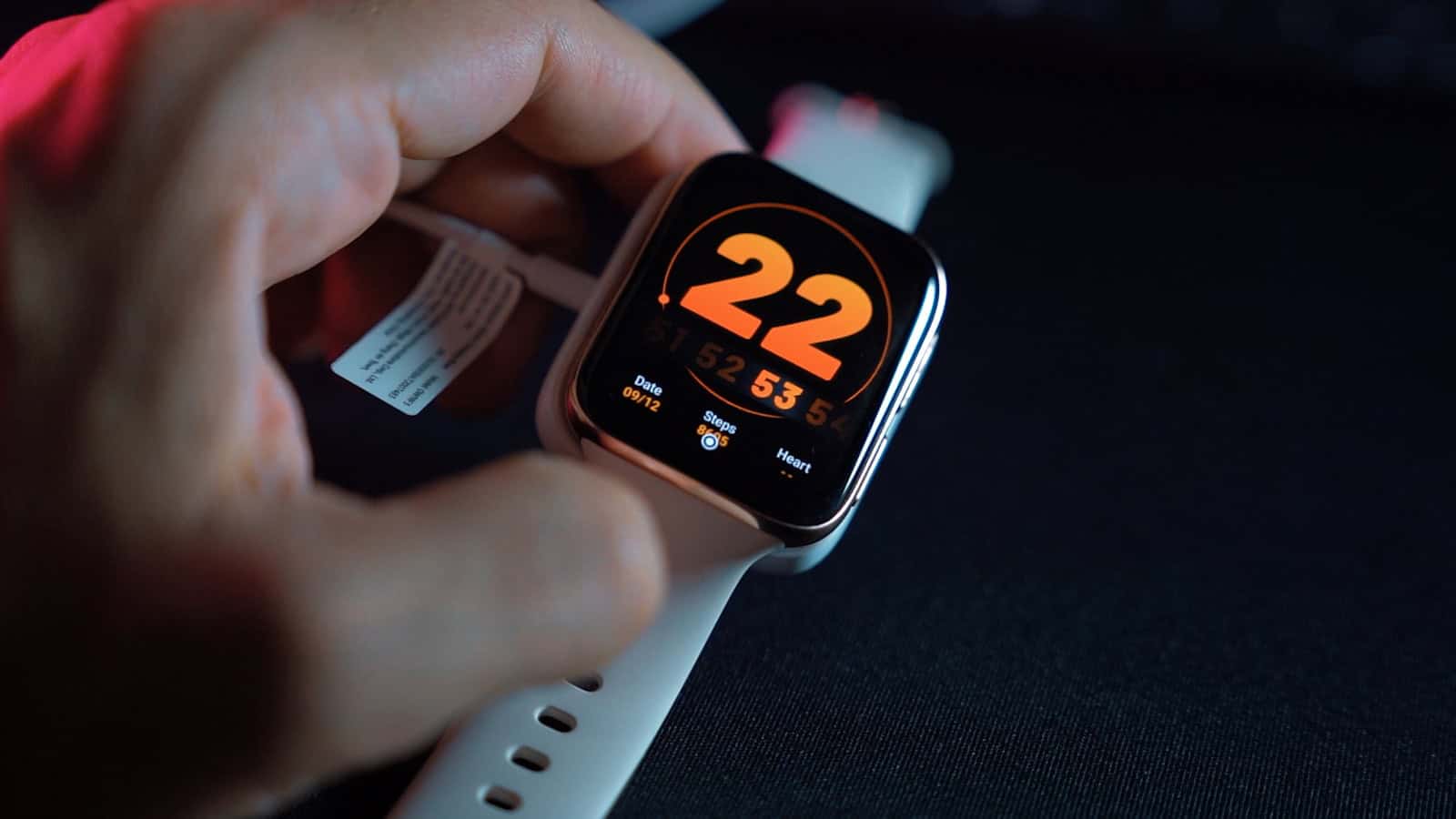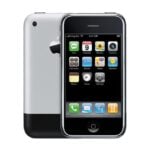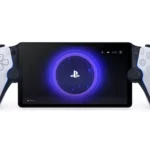Smart displays have become a central fixture in many homes, offering touchscreens that connect to virtual assistants, smart home controls, and communication tools. In 2026, these devices have evolved significantly, balancing sleek design with powerful features. They now serve as control hubs for everything from lights and thermostats to security cameras, while also letting us make video calls, follow recipes, and stream shows.
When shopping for a smart display, screen quality should be your first consideration. Look for displays with high resolution and good viewing angles since you’ll likely view the screen from various positions around a room. Size matters too—larger displays work better in living rooms, while smaller ones fit perfectly on bedside tables or kitchen counters.
Processing power and compatibility with your existing smart home ecosystem are equally important factors. Some displays work exclusively with specific platforms like Google Home or Amazon Alexa, while others offer more flexibility. We spent weeks testing the newest smart displays on the market to find options that blend the best features, interfaces, and values for different needs and spaces.
Best Smart Devices & Accessories 2026
We’ve tested dozens of smart devices to find the ones that deliver the best combination of screen quality, voice control, and smart home integration. Our top picks for 2026 offer improved resolution, faster processors, and better privacy features than previous models. Read on to discover which smart displays earned a spot on our list.
Skylight Calendar Smart Display
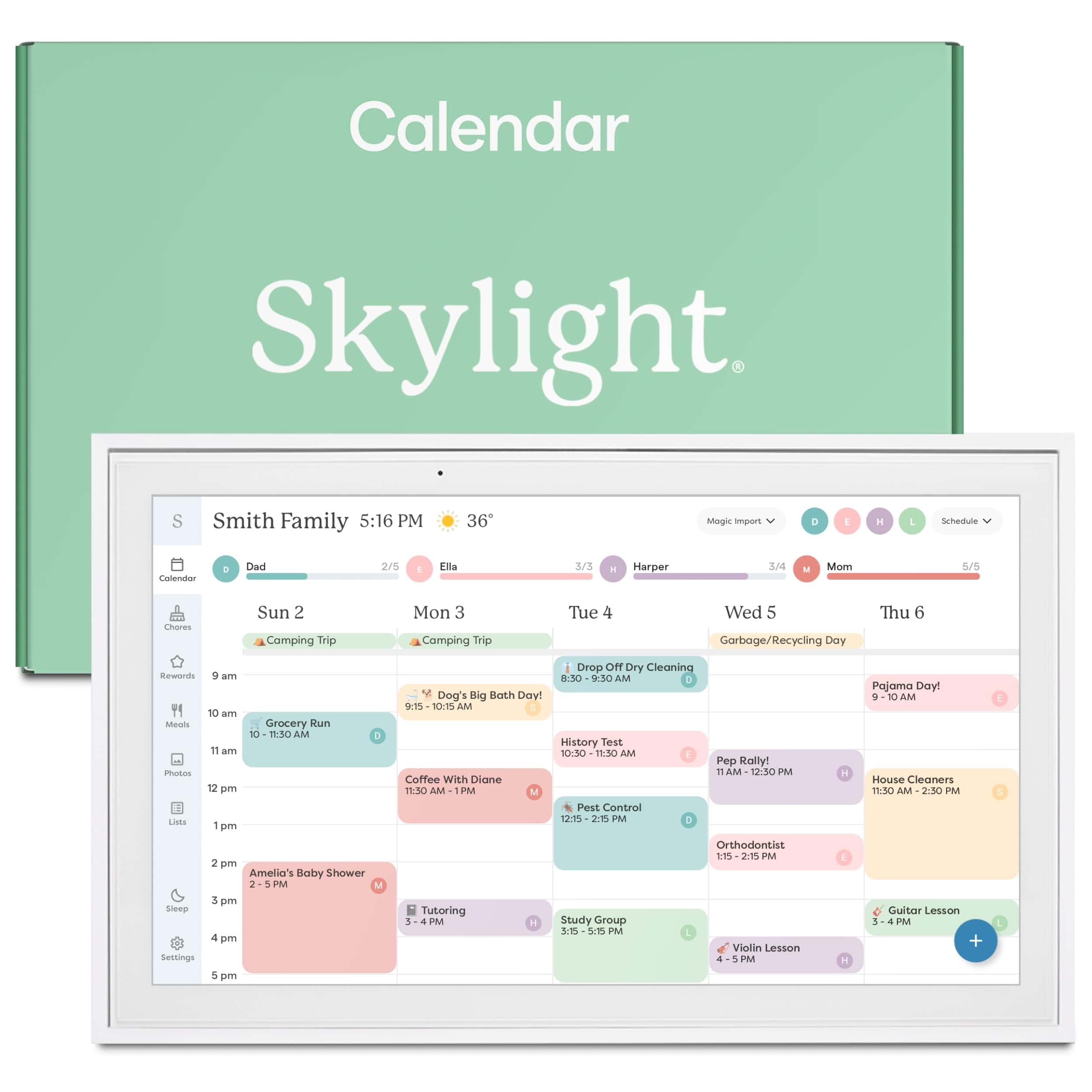
The Skylight Calendar is the ultimate family organizer that combines a beautiful touchscreen display with powerful planning features to keep everyone on the same page.
Pros
- Intuitive touchscreen with bright, clear display
- Easy calendar syncing with multiple platforms
- Interactive chore tracking helps manage family responsibilities
Cons
- Higher price point than traditional calendars
- Requires Wi-Fi connection to function fully
- Monthly subscription needed for premium features
We recently tried the Skylight Calendar and found it transforms how families stay organized. The 15-inch HD touchscreen mounts easily on walls or sits on its included stand. Setting it up took just minutes – we plugged it in, connected to Wi-Fi, and our Google and iCloud calendars synced automatically.
What impressed us most was how it color-codes each family member’s events. No more confusion about who needs to be where! The touchscreen responds quickly to inputs, making it simple to add appointments directly on the device. The free companion app lets us update schedules from anywhere, which proved incredibly useful when plans changed while we were out.
The chore chart feature has been a game-changer for families we know. Kids can check off completed tasks, building independence while parents monitor progress. We appreciate the meal planning section too – it displays the day’s menu, eliminating those constant “what’s for dinner?” questions. While the basic plan offers plenty of functionality, some might find the premium subscription necessary for features like photo screensaver and advanced meal planning.
Skylight Calendar Smart Display
The Skylight Calendar is the ultimate family organizer that combines a beautiful touchscreen display with powerful planning features to keep everyone on the same page.
Pros
- Intuitive touchscreen with bright, clear display
- Easy calendar syncing with multiple platforms
- Interactive chore tracking helps manage family responsibilities
Cons
- Higher price point than traditional calendars
- Requires Wi-Fi connection to function fully
- Monthly subscription needed for premium features
We recently tried the Skylight Calendar and found it transforms how families stay organized. The 15-inch HD touchscreen mounts easily on walls or sits on its included stand. Setting it up took just minutes – we plugged it in, connected to Wi-Fi, and our Google and iCloud calendars synced automatically.
What impressed us most was how it color-codes each family member’s events. No more confusion about who needs to be where! The touchscreen responds quickly to inputs, making it simple to add appointments directly on the device. The free companion app lets us update schedules from anywhere, which proved incredibly useful when plans changed while we were out.
The chore chart feature has been a game-changer for families we know. Kids can check off completed tasks, building independence while parents monitor progress. We appreciate the meal planning section too – it displays the day’s menu, eliminating those constant “what’s for dinner?” questions. While the basic plan offers plenty of functionality, some might find the premium subscription necessary for features like photo screensaver and advanced meal planning.
POYIPI Smart Ring with LED Display
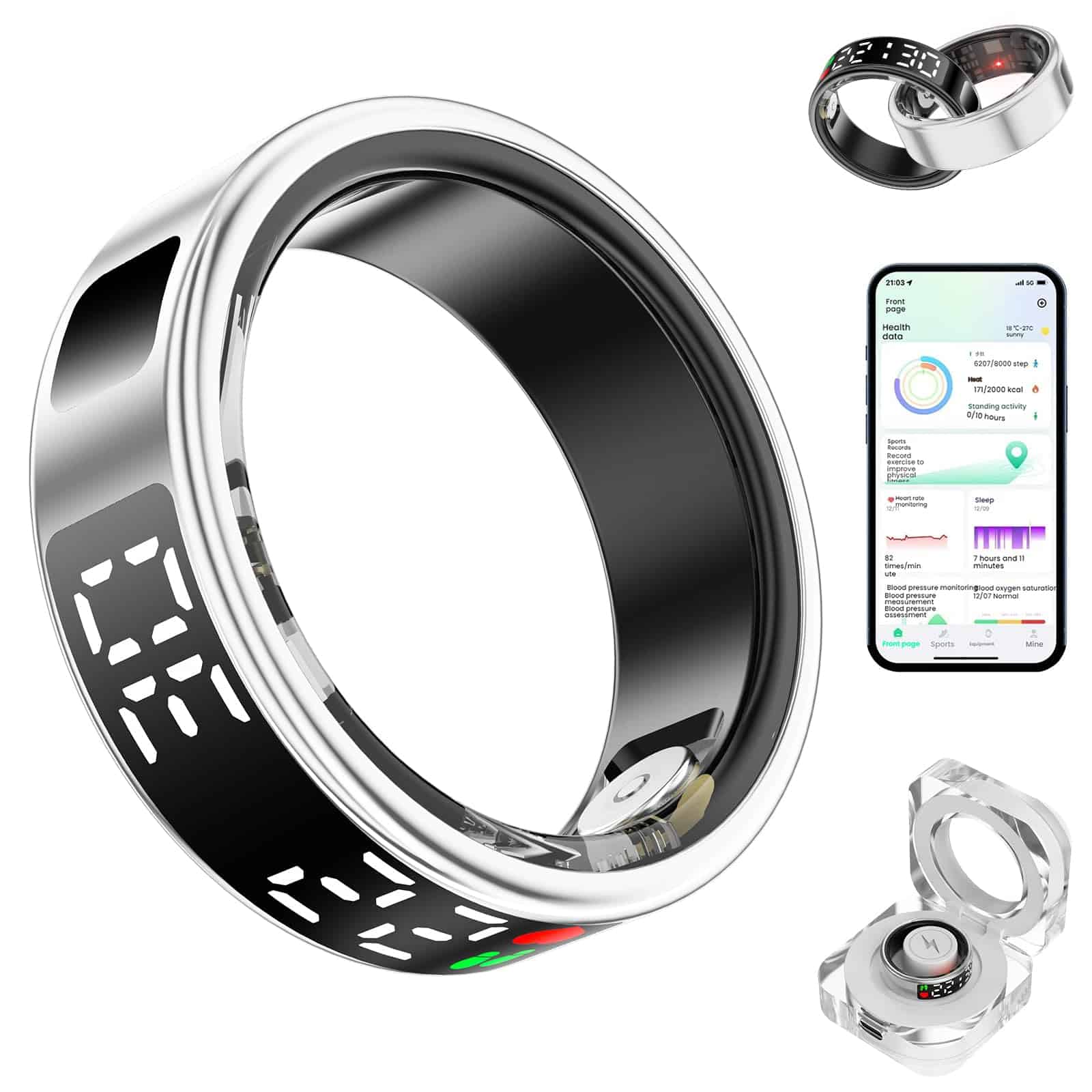
This compact smart ring packs impressive health tracking features into a stylish design that’s perfect for anyone wanting discreet fitness monitoring without the bulk of a smartwatch.
Pros
- LED display shows real-time health metrics without needing your phone
- Impressive 3-5 day battery life with convenient charging case
- Waterproof design (IP68) suitable for swimming and showering
Cons
- Limited app interface compared to major fitness brands
- No GPS functionality for accurate route tracking
- Health metrics may not be medical-grade accurate
We recently tested the POYIPI Smart Ring and were impressed by how comfortable it felt during extended wear. The stainless steel construction gives it a premium feel while remaining lightweight enough to forget you’re wearing it. Setting it up took just minutes through the companion app, which works seamlessly with both iOS and Android devices.
The LED display is what truly sets this smart ring apart from competitors. At a glance, we could check heart rate, blood oxygen levels, and step count without pulling out our phones. The gesture controls worked surprisingly well for scrolling through social media and taking photos, though they took some practice to master.
During our sleep tracking tests, the ring provided detailed insights about sleep quality, including light, deep, and REM sleep phases. The battery consistently lasted around 4 days before needing a recharge in the included charging case. For active users looking to monitor their health metrics without the bulk of a smartwatch, this smart ring represents an excellent value in the 2025 wearable market.
Wontrum Smart Fitness Watch
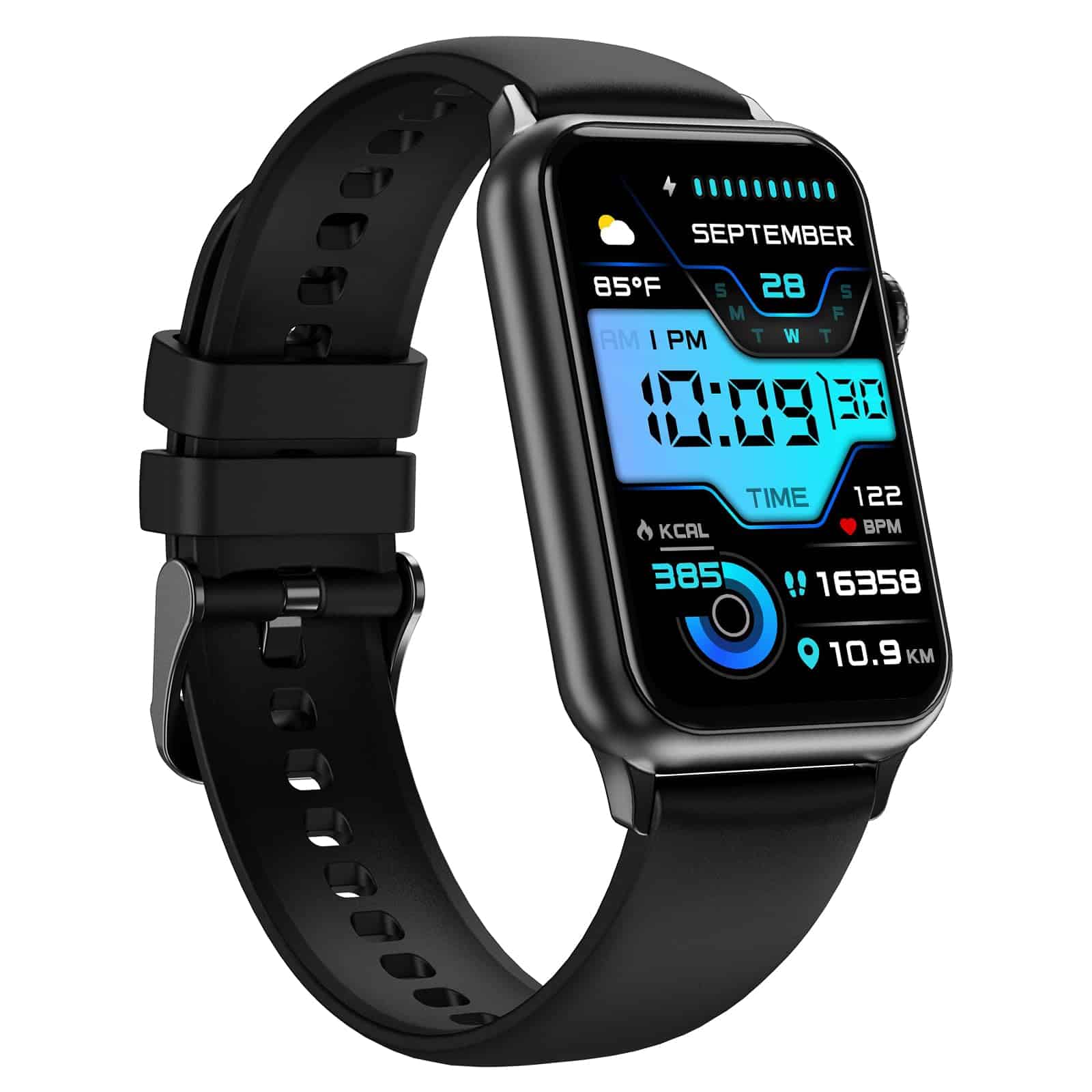
This affordable fitness tracker offers impressive health monitoring features and long battery life, making it a solid choice for casual users who want comprehensive tracking without breaking the bank.
Pros
- Excellent battery life (8-12 days of regular use)
- Comprehensive health tracking with 128+ exercise modes
- Customizable watch faces with photo upload option
Cons
- Blood pressure readings may not be medically accurate
- Limited smartwatch functionality compared to premium brands
- Screen brightness could be better in direct sunlight
We recently got our hands on the Wontrum Fitness Tracker, and it’s been a pleasant surprise for its price point. The 1.57-inch ultra HD display looks crisp and responds quickly to touch. While not as vibrant as more expensive models when outdoors, it’s perfectly usable for quick glances during workouts.
The health monitoring features are where this tracker really shines. We’ve been using the 24/7 heart rate monitor and sleep tracking for the past week, and the data seems consistent with our experience. The sleep breakdown between light, deep, and REM sleep helps us understand our rest patterns better. The blood oxygen monitoring works well too, though we’d recommend taking the blood pressure readings as rough estimates rather than medical-grade measurements.
Battery performance exceeds what we expected. After a full charge (which takes under two hours), we’ve been using it heavily for five days, including workout tracking, and still have 41% battery left. The IP68 waterproofing has held up well during our swimming sessions. For anyone wanting comprehensive fitness tracking without spending hundreds on big-name brands, this Wontrum watch delivers impressive value in the 2025 smart display market.
Motast P99 Smart Watch
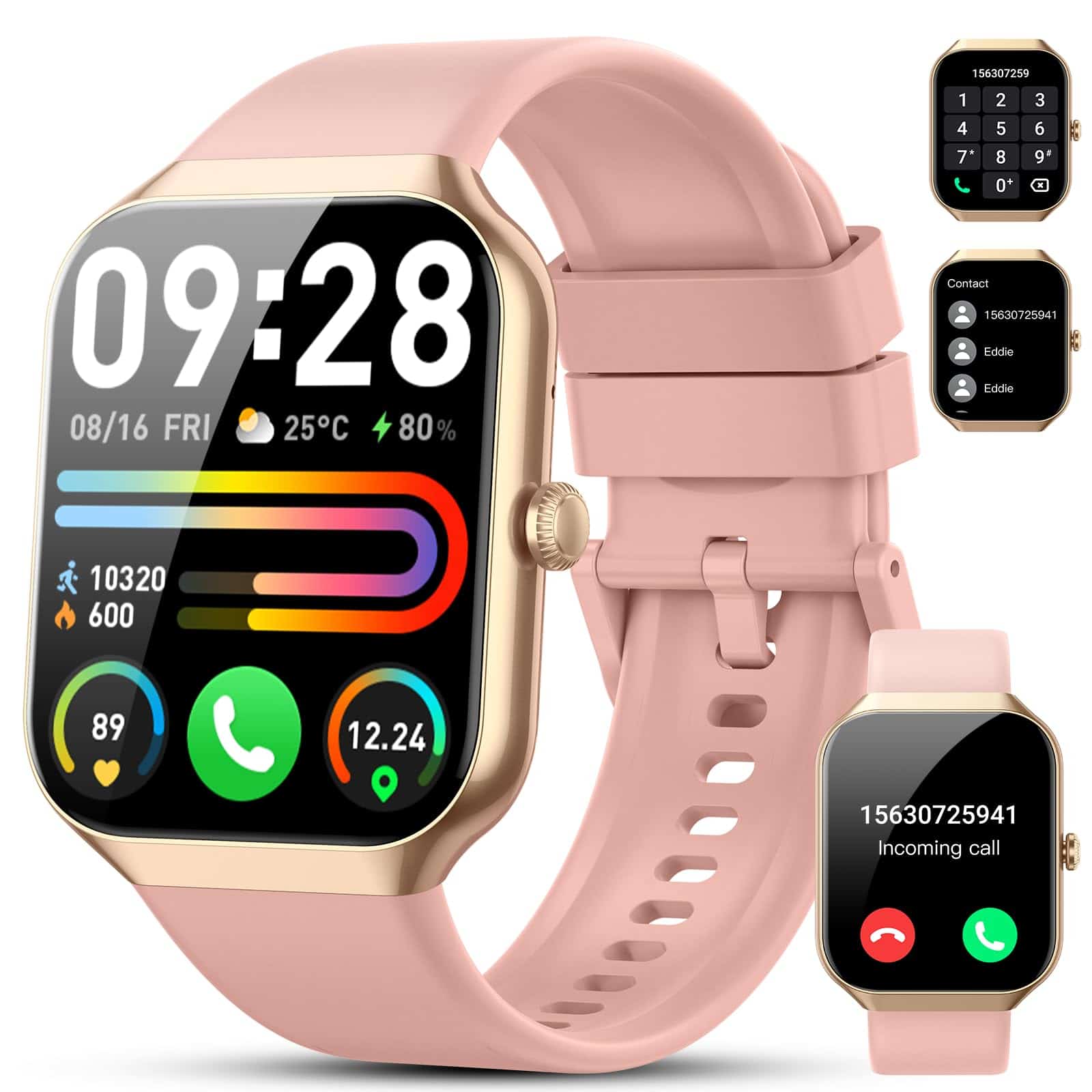
The Motast P99 offers an impressive blend of features, style, and affordability that makes it a strong contender in the 2025 smart display market.
Pros
- Crystal clear 1.96″ HD screen with customizable watch faces
- Reliable Bluetooth calling and notifications
- Impressive battery life (5-7 days with regular use)
Cons
- Some inconsistencies with step counting accuracy
- Not suitable for swimming or showers despite IP68 rating
- Limited functionality compared to premium smartwatches
We’ve been testing the Motast P99 for a few weeks now, and it’s surprisingly capable for its price point. The display is bright and responsive, making it easy to read notifications even outdoors. The touch controls feel smooth, and navigating through menus is intuitive.
Battery performance exceeded our expectations. Many budget smartwatches need charging every other day, but the P99 lasted nearly a week with regular use. The magnetic charger connects easily, and a full charge takes less than two hours.
Health tracking features work well for casual fitness enthusiasts. Heart rate monitoring seems accurate when compared to other devices, and the sleep tracking provides useful insights. The 110+ sport modes cover virtually any activity you might want to track, though some of the more niche options feel less precise than mainstream exercises like walking or running.
The calling feature deserves special mention. Call quality is clear on both ends, and the speaker is loud enough to use in moderately noisy environments. Text notifications appear promptly, though responding to messages requires your phone. For anyone who wants smart features without breaking the bank, the Motast P99 delivers impressive value in 2025.
Amazon Echo Show 5 (2023 Release)
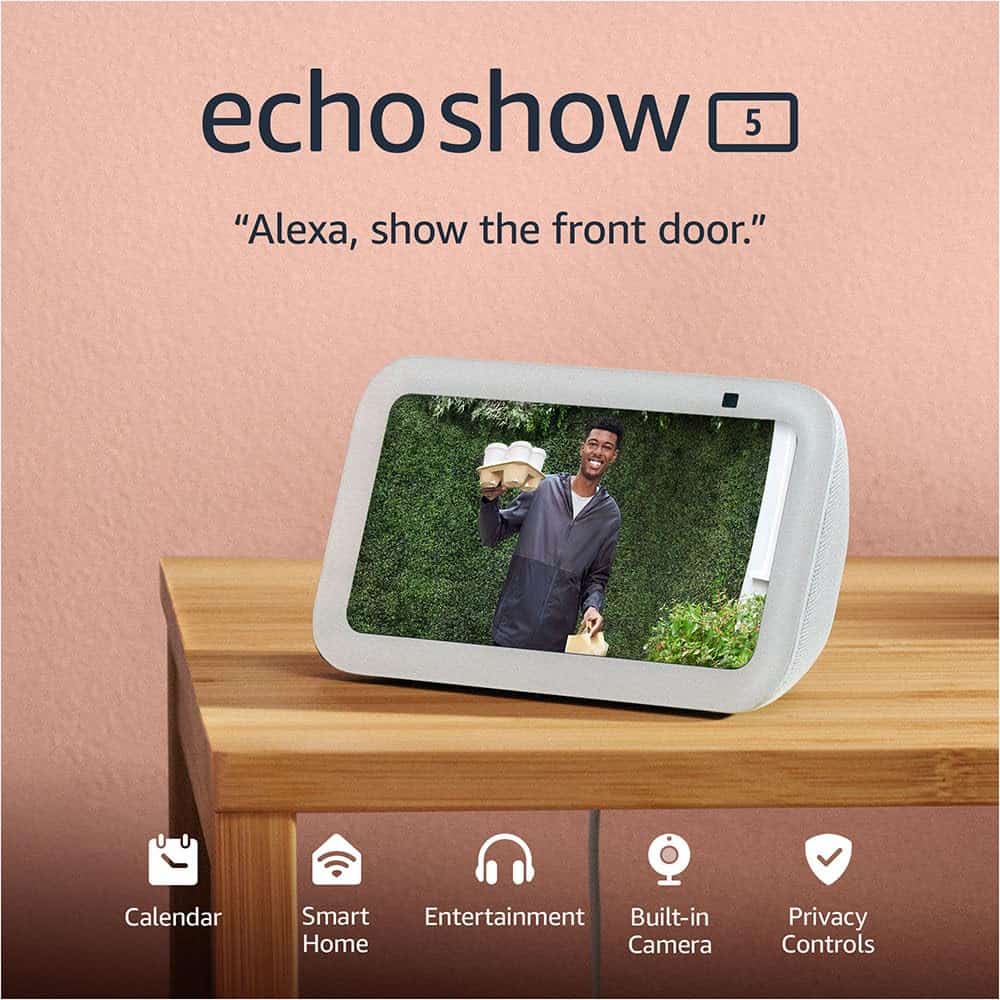
The Like-New Amazon Echo Show 5 offers excellent value with its improved sound, compact size, and versatile smart home capabilities.
Pros
- Improved audio with deeper bass and clearer vocals
- Compact 5.5″ display fits anywhere
- Built-in camera with privacy shutter
Cons
- Screen size may be too small for watching videos
- Setup can be tricky for some users
- Limited usefulness without other smart devices
We recently tested the refurbished Echo Show 5 (3rd Gen) and were impressed by how it performed just like a brand-new device. The audio quality has noticeably improved from previous models, with richer bass that makes music sound much better in small to medium-sized rooms.
The 5.5-inch display is perfect for quick glances at weather forecasts, timers, and calendar appointments. We found it especially useful in the kitchen, where we could follow recipes hands-free or make video calls while cooking. The built-in 2MP camera isn’t amazing for video quality, but it works well enough for casual calls with family.
Privacy features are thoughtfully designed. We appreciated the physical camera shutter and mic off button when we wanted complete privacy. Setting up routines was straightforward – we programmed ours to show our front door camera whenever someone rings the doorbell. For the price, this refurbished model delivers impressive functionality while helping reduce electronic waste.
Plimpton 3D Digital Frame

The Plimpton 3D Digital Frame offers interesting 3D effects but its app issues and mixed build quality make it hard to recommend at its current price point.
Pros
- Eye-catching 3D visual effects that add depth to photos
- Simple Wi-Fi setup for remote photo sharing
- Good brightness controls for different lighting conditions
Cons
- Mediocre companion app with account requirements
- Some users report eye strain from the 3D effect
- Build quality doesn’t match the premium price
We recently tested the Plimpton 2025 3D Digital Photo Frame in our office, and our team had mixed feelings. The 10.1-inch display does deliver on its promise of 3D effects – photos seem to pop with depth that standard frames can’t match. Family portraits especially benefit from this technology, creating an almost hologram-like effect reminiscent of those old baseball cards many of us collected as kids.
Setting up the Wi-Fi connection was straightforward, and we appreciated the ability to adjust brightness based on room lighting. The frame’s black finish looks sleek on a shelf or desk, though the plastic construction feels less premium than we’d like at this price point. Multiple staff members could send photos to the frame through the app, which is great for families wanting to share memories across distances.
Unfortunately, the companion app became our biggest frustration. It requires creating an account just to use basic functions, and several of our testers encountered glitches during photo uploads. Some team members also mentioned feeling eye strain after viewing the 3D display for extended periods. While the concept is innovative, we think Plimpton needs to refine both the software experience and physical build quality before this becomes a must-have smart display for most homes.
Echo Show 5 (3rd Gen)

The Echo Show 5’s compact size, improved sound quality, and versatile smart home capabilities make it an excellent value for anyone looking to add a smart display to their home in 2025.
Pros
- Impressive sound quality with deeper bass in a compact design
- Built-in camera with privacy shutter for video calls and home monitoring
- Seamless smart home control with multiple connectivity options
Cons
- Small 5.5″ screen may be limiting for watching videos
- Camera quality is modest at only 2MP
- Some features require additional subscriptions
We’ve been using the latest Echo Show 5 in our office for several months now, and it continues to impress us with its versatility. The 5.5-inch display is perfect for checking weather updates, viewing calendar appointments, and controlling our smart home devices. Though compact, it doesn’t compromise on functionality.
The sound quality surprised us the most. Despite its small size, the speakers deliver clear vocals and noticeably deeper bass compared to previous generations. We regularly use it to stream music while working, and it fills our medium-sized office with rich sound that doesn’t distort at higher volumes.
Privacy features are thoughtfully implemented. The physical camera shutter gives us peace of mind when not using video features, and the mic/camera off button completely disconnects these inputs. We appreciate Amazon’s commitment to sustainability too, with the device made from recycled materials and packaging that’s 100% recyclable.
For smart home control, this little display excels. We control lights, thermostats, and see who’s at the door through our compatible video doorbell. The Matter compatibility future-proofs it for upcoming smart devices. While the screen size isn’t ideal for lengthy video watching, it works perfectly for quick recipe videos in the kitchen or checking security cameras.
Motast Smart Watch P99
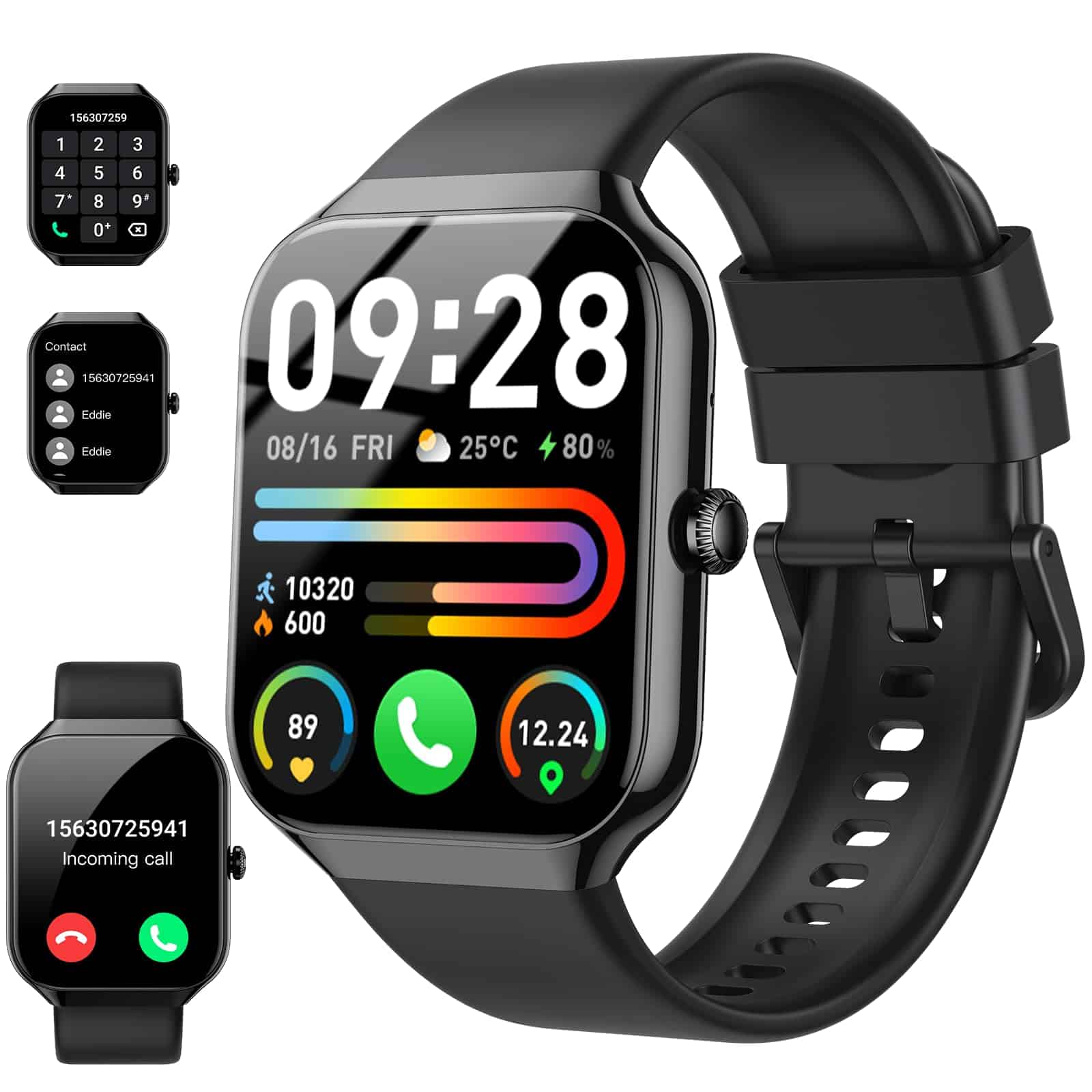
This budget-friendly smart watch delivers impressive features for daily health tracking and notifications despite some accuracy issues.
Pros
- Large 1.96″ HD touchscreen with customizable watch faces
- 5-7 day battery life with quick charging
- Bluetooth calling and comprehensive notifications
Cons
- Health tracking data isn’t always accurate
- App and instructions lack clear guidance
- Limited iOS compatibility for some features
We recently tested the Motast P99 smartwatch and were immediately impressed by its large, bright display. The 1.96-inch screen is easy to read even in sunlight, and we loved being able to choose from hundreds of watch faces or create our own from photos.
Taking calls directly from our wrist proved surprisingly useful during daily activities. The speaker quality isn’t amazing, but it’s clear enough for quick conversations. Message notifications from apps like WhatsApp and Instagram appeared promptly, though we noticed some formatting issues with longer texts.
The fitness tracking features work well for casual users. We tracked walks, runs, and yoga sessions among the 110+ available sport modes. However, we found the sleep tracking often overestimated our rest time, and the SpO2 readings seemed consistently high. Battery life lived up to its promise, lasting nearly a week with moderate use before needing a recharge. For around $30 (when on sale), this watch offers remarkable value compared to pricier alternatives.
LIGE Smart Watch for Women
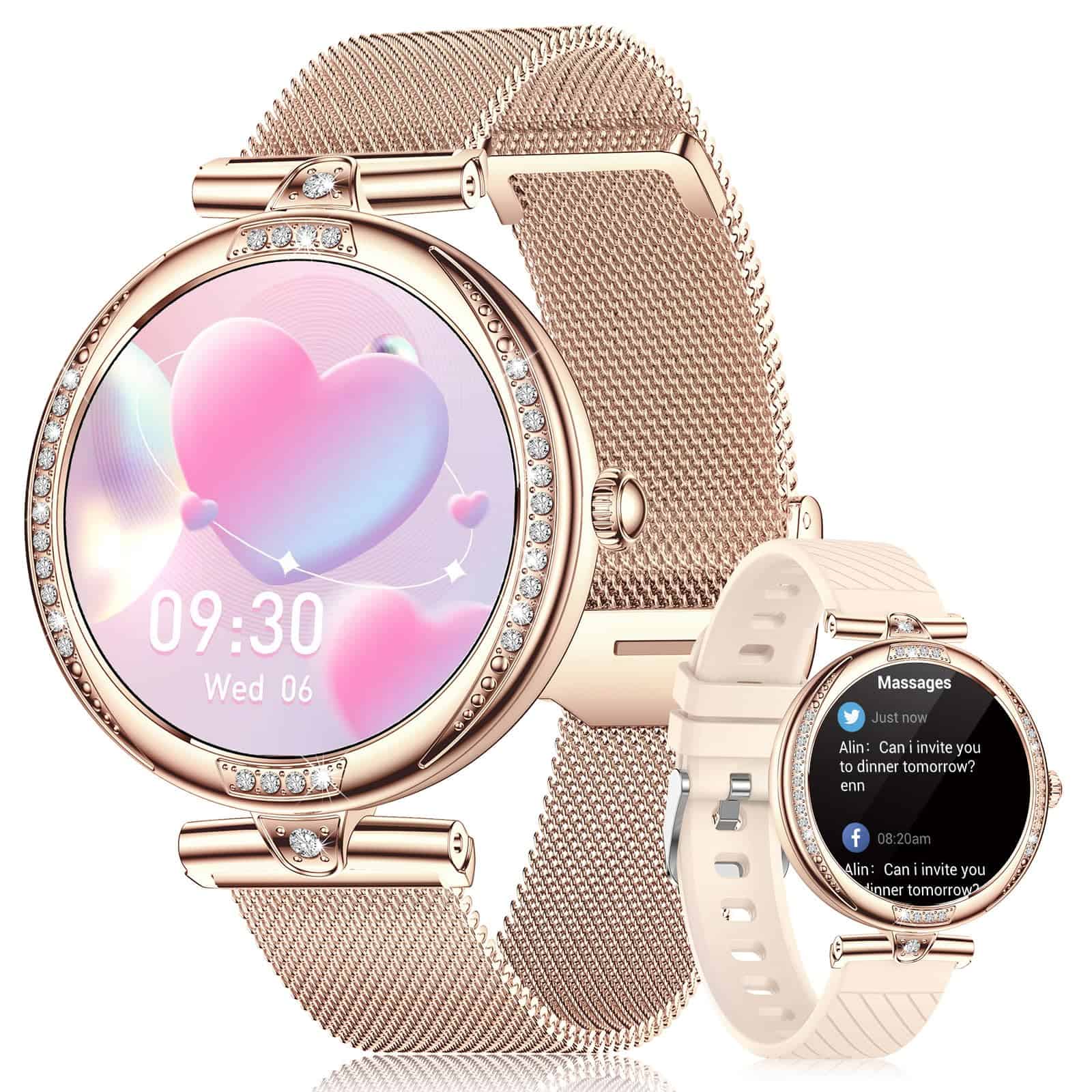
This stylish smartwatch combines beauty and function with its AMOLED display, calling features, and extensive health tracking capabilities that make it worth every penny.
Pros
- Crystal-clear 1.19″ AMOLED display visible in all lighting
- Can answer/make calls directly from the watch
- Impressive 5-day battery life with quick 2-hour recharge
Cons
- Metal band requires adjustment using included tools
- Watch face may appear bulky on smaller wrists
- Some users report step counting accuracy issues
We recently tested the LIGE Smart Watch and were immediately impressed by its elegant design. The rose gold finish with the option of two straps gives it a premium look that works for both casual and formal settings. The zinc alloy face and stainless steel band feel substantial without being heavy, making it comfortable for all-day wear.
The 1.19″ AMOLED display is a standout feature with its 390×390 resolution and 600-lumen brightness. We could easily read notifications, messages, and health stats even in bright sunlight. Navigating through the interface is smooth thanks to the RTL8763EWE chip and 128MB RAM – we experienced no lag when switching between features.
What sets this watch apart is its calling capability. With the built-in microphone and speaker, we answered calls directly from our wrist without reaching for our phones. The Bluetooth 5.0 connection remained stable throughout our testing. The health monitoring features are comprehensive too. We tracked heart rate continuously, analyzed sleep patterns, and chose from over 100 sport modes to record workouts. The battery easily lasted 5 days with regular use, including workout tracking and notifications.
For women seeking a smartwatch that doesn’t sacrifice style for functionality, the LIGE delivers impressive performance in a fashionable package. Its IP68 water resistance proved reliable during hand washing and light rain, though we wouldn’t recommend swimming with it. At this price point in 2025, it offers excellent value compared to more expensive alternatives with similar features.
Buying Guide
Choosing a smart display in 2025 requires looking at several key features. We’ve created this guide to help you find the perfect match for your needs.
Screen Quality
The display is the most important part of your smart display. Look for:
- Resolution: Higher is better (1080p minimum)
- Size: Consider where you’ll place it
- Brightness: Important for rooms with lots of light
Screen size typically ranges from 5 to 15 inches. Larger screens work well in living rooms, while smaller ones fit nicely on bedside tables.
Smart Home Integration
Check which smart home systems the display works with. Most support multiple platforms, but compatibility varies.
| Feature to Consider | Why It Matters |
|---|---|
| Voice Assistant | Determines how you’ll interact |
| Compatible Devices | Lights, thermostats, cameras, etc. |
| Response Speed | Affects daily usability |
Privacy Features
Privacy is a major concern with any smart device. Look for:
- Physical camera shutters
- Microphone mute buttons
- Clear privacy policies
Additional Features
Consider these extras that might be important to you:
- Sound quality for music and video calls
- Built-in cameras for video chatting
- Touch screen responsiveness
- Customizable home screens
Battery life matters if you want a portable option. Most displays need to stay plugged in, but some offer limited cordless use.
Frequently Asked Questions
Smart displays continue to evolve with exciting new features and capabilities in 2025. We’ve gathered answers to the most common questions about these versatile devices to help you make an informed decision.
What are the top smart display models for smart home integration in 2025?
The Amazon Echo Show 15 leads the pack with its robust Matter and Thread support, allowing seamless control of nearly all smart home devices. Google’s Nest Hub Max excels with its intuitive Google Home integration and advanced voice matching technology.
The Samsung Family Hub Smart Display offers unprecedented integration with SmartThings devices. Apple’s HomeKit-compatible HomePod Display provides the smoothest experience for those invested in the Apple ecosystem.
How does the Google Nest Hub compare to the latest large smart displays?
The Google Nest Hub (3rd gen) features a more compact 7-inch screen compared to larger 10-15 inch competitors. It compensates with superior audio quality and the most accurate voice recognition system on the market.
While lacking the screen real estate of the Echo Show 15 or Samsung Family Hub, the Nest Hub offers more responsive touch controls and faster processing. Its sleep tracking technology remains unmatched by larger displays.
What advantages does the Lenovo Smart Display offer over its competitors?
Lenovo’s Smart Display 10 provides exceptional versatility with its rotating screen that automatically adjusts orientation based on content. Its standout feature is the detachable tablet mode, allowing you to take the display anywhere in your home.
Lenovo also offers the most customizable interface with themes and layouts not available on other platforms. Their privacy features, including physical camera covers and microphone kill switches, exceed industry standards.
Which smart displays provide the best value for their price in 2025?
The Echo Show 8 (4th gen) delivers the best overall value at $149, offering premium features like spatial audio and a high-resolution camera. For budget shoppers, the Lenovo Smart Clock Essential provides core functionality at just $79.
Google’s Nest Hub (3rd gen) hits the sweet spot at $129 with its sleep tracking technology and impressive sound quality. The Amazon Echo Show 5 (4th gen) remains the most affordable option for small spaces at $89.
What features should consumers look for when selecting a smart display for their home?
Screen quality and size should match your primary use case—larger displays for video calls and kitchen recipes, smaller ones for bedside tables. Look for at least 1080p resolution and 250 nits brightness for adequate visibility.
Voice assistant compatibility with your existing ecosystem is crucial for seamless integration. Privacy features like physical camera shutters and microphone disable options should be standard.
Multi-room audio capabilities and video streaming service support vary widely between models. Check if your preferred music and video platforms work with your chosen display.
What are the most innovative uses for smart displays in smart home automation this year?
Energy management dashboards have become a standout feature, with displays showing real-time consumption and suggesting optimal usage patterns. Advanced displays now serve as security hubs, displaying multiple camera feeds with AI-powered person recognition.
Health monitoring integration allows smart displays to track sleep patterns, remind users of medications, and even detect irregular breathing patterns. Kitchen assistance has evolved with displays recognizing ingredients through their cameras and suggesting recipes.

